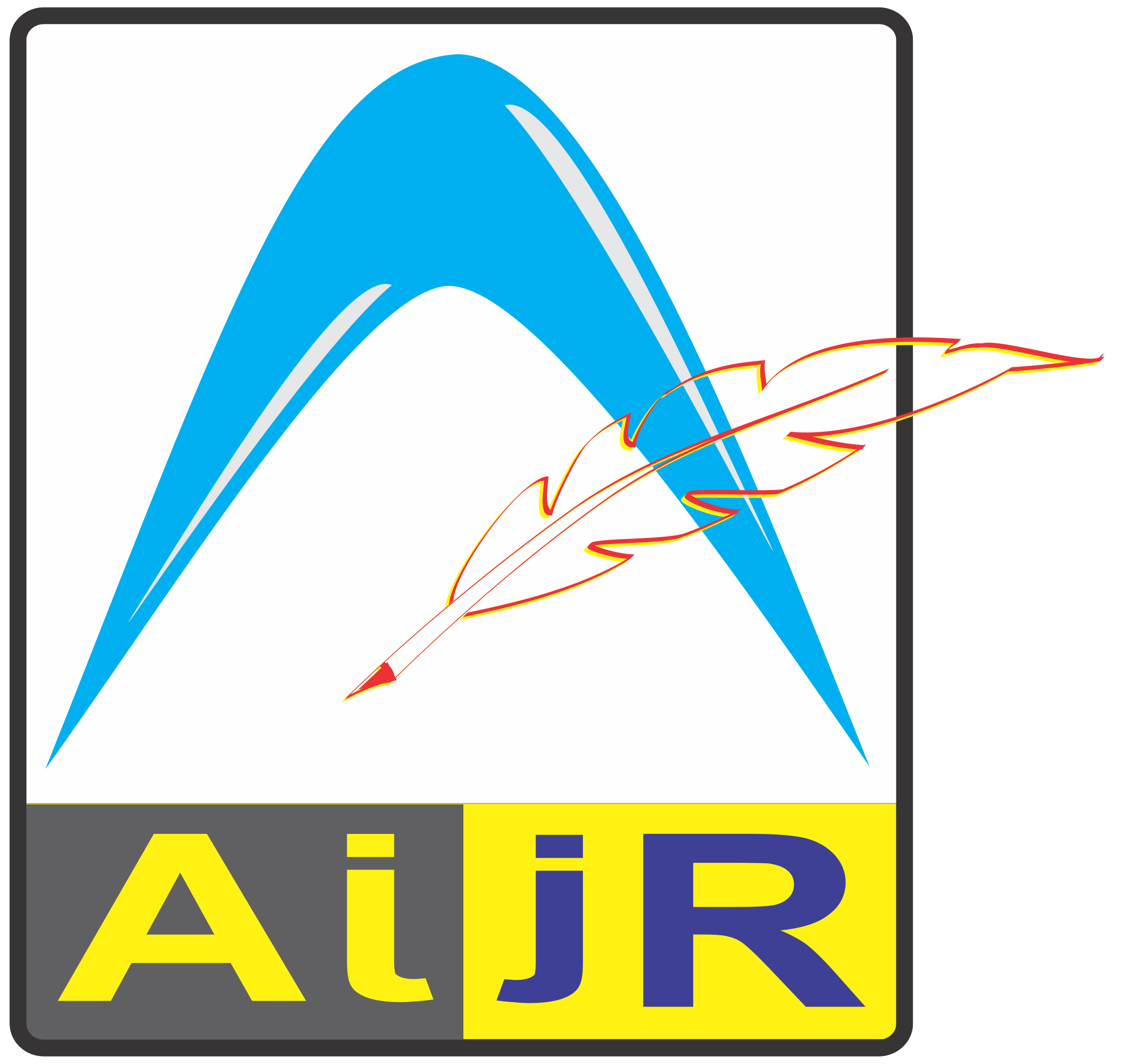Submission Policy
Allowed Submissions
AIJR developed submission policies by adopting policies for overlapping publications from ICMJE. Submission of the manuscript in AIJR publication implies-
- that the work described has not been published previously (except in the form of an abstract or as part of a published lecture or academic thesis)
- that it is not under consideration for publication elsewhere
- that it will not be submitted to other publication until under consideration by this publication
- that its publication is approved by all authors and tacitly or explicitly by the authorities responsible where the work was carried out.
However, we accept submissions that have previously appeared on preprint servers (preprint website should have a clear policy for subsequent publication); have previously been presented at conferences (With 30% additional work) and not published in the journal. Authors are responsible for updating the archived preprint with the journal reference (including DOI) and a link to the published articles on the appropriate journal website upon publication. Various acceptable and non-acceptable submissions are described below-
Simultaneous Submission
Authors should not submit the same manuscript, in the same or different languages, simultaneously to more than one journal. Before submitting the manuscript,
Duplicate/Redundant Publication
Duplicate or redundant (overlapping) publication is the publication of a paper that overlaps substantially with one already published, without clear, visible reference to the previous publication. Readers should be able to identify that what they are reading is original unless there is a clear statement that the author and editor are intentionally republishing an article.
When authors submit a manuscript reporting work that has already been reported in large part in a published article or is contained in or closely related to another paper that has been submitted or accepted for publication elsewhere, the cover letter should be clearly mentioned it and the authors should provide copies of the related material to help the editor decide how to handle the submission.
Authors who attempt duplicate publication without such information will be considered as a violator of our submission terms and such submission will be considered as plagiarised. Any such attempt of duplicate submission or submitting already published work (own or others) will be considered as serious author misconduct. The author(s) should expect serious action for such misconduct which may include informing their institution as well as various forums, making a public post and blocking the author for
If the editor was not aware of the violations and the article has already been published, then the article might warrant retraction (along with above action) with or without the author’s explanation or approval. See COPE flowcharts for further guidance on handling duplicate publication.
Prior Publication & Acceptable Secondary Publication
Prior publication may include the release of information in the public domain. Availability of manuscript on a website without proper information on nature of the website, copyright, licensing statement and subsequent publication policy in the journal will be considered as prior publication. Its author(s) responsibility to not post their manuscript on such website which does not have any clear statement on their nature and subsequent publication in scholarly journals. Academic thesis and abstract publications (either by the
Posting of trial results in any registry will not be considered as a
Secondary publication of material published in other journals or online may be justifiable and beneficial, especially when intended to disseminate important information to the widest possible audience. AIJR will consider secondary publication for a complete report that follows publication of a preliminary report, such as a letter to the editor, a preprint or an abstract or poster displayed at a scientific meeting. AIJR journals will also consider a paper with at least 30% additional work that has been presented at a scientific meeting but was not published in full, or that is being considered for publication in proceedings or similar format.
Authors who choose to post their work on a preprint server should choose one that clearly identifies preprints as not peer-reviewed work and includes statements of conflicts of interest as well as subsequent publication policy. Article posted on
Manuscripts Based on the Same Database
If editors receive manuscripts from separate research groups or from the same group
Sometimes for large trials, it is planned from the beginning to produce numerous separate publications regarding separate research questions but using the same original participant sample. In this case, authors may use the original single trial registration
The main issue is transparency, so no matter what model is used it should be obvious for the reader.
